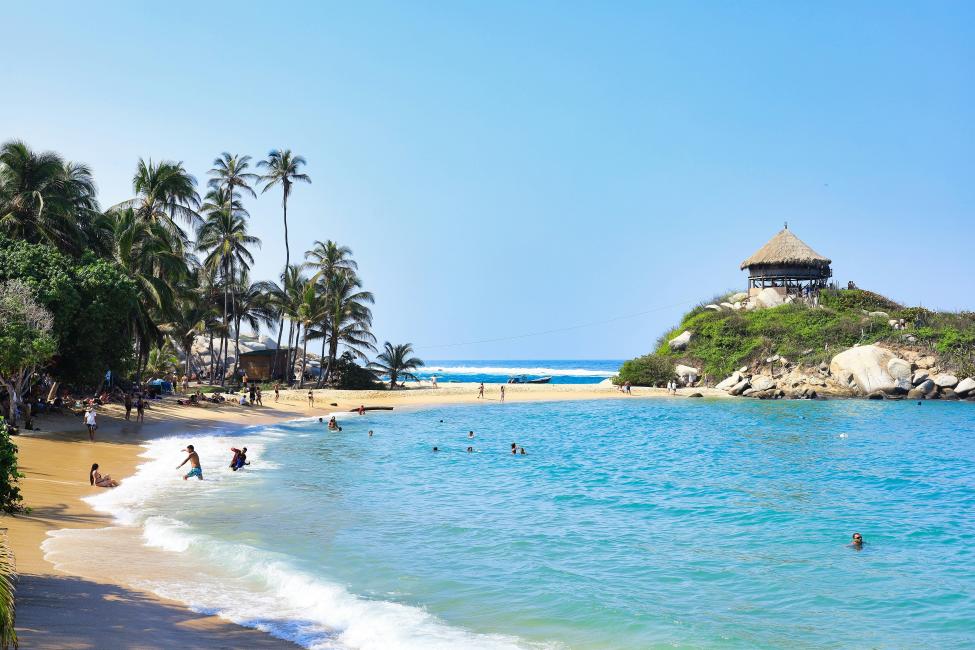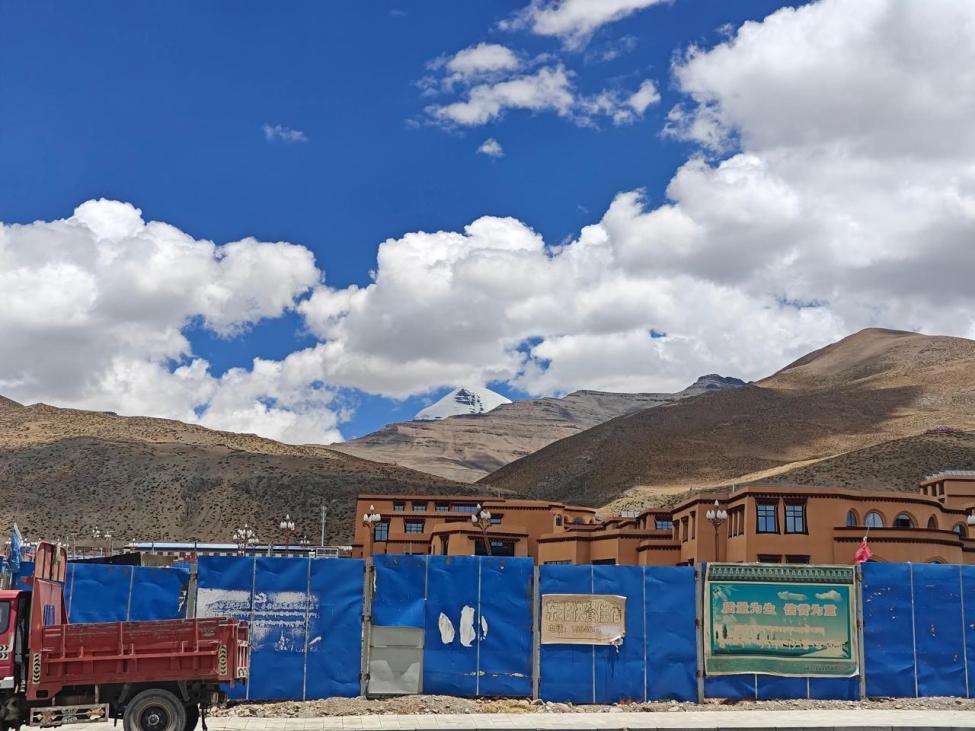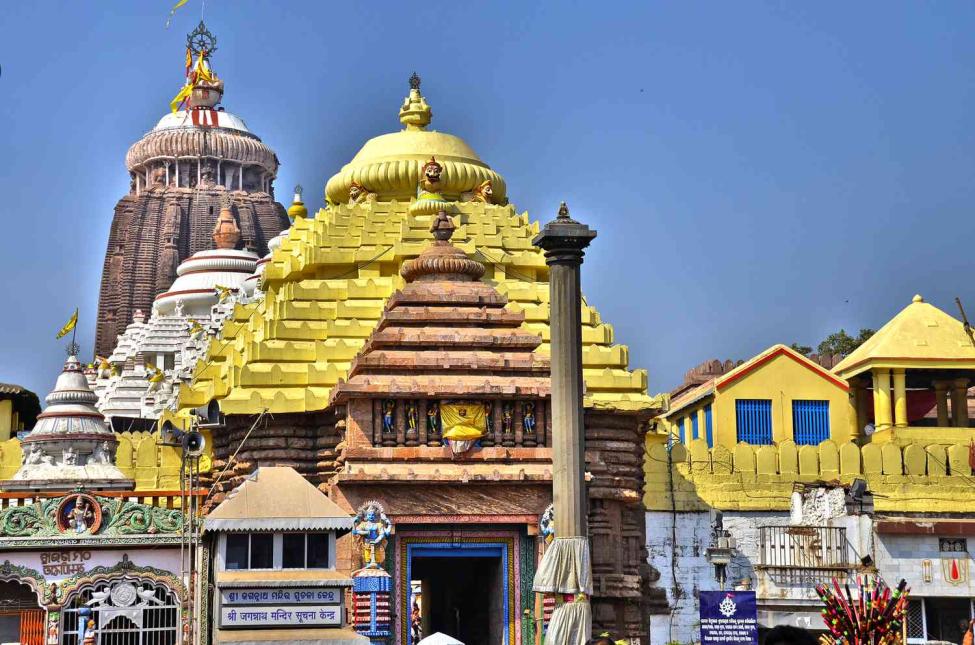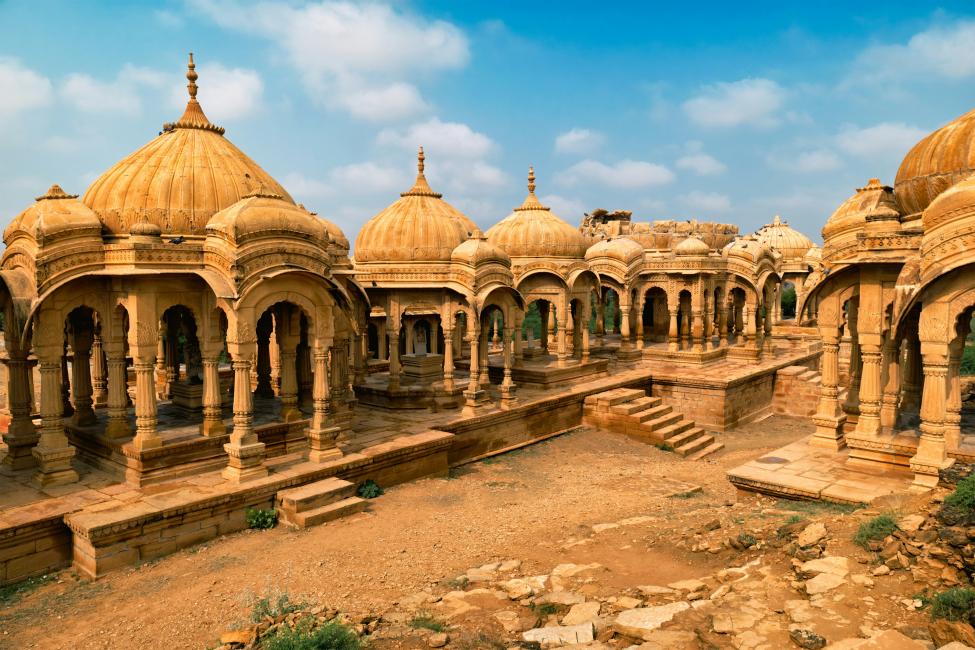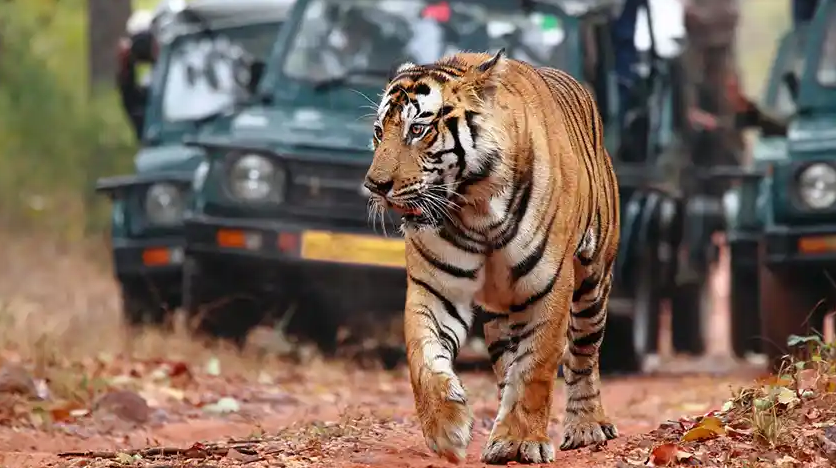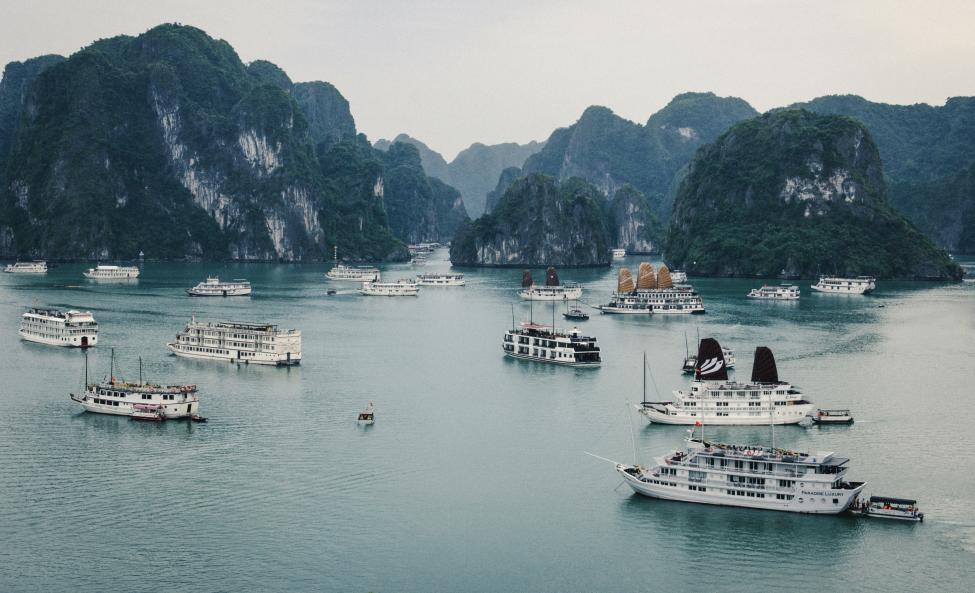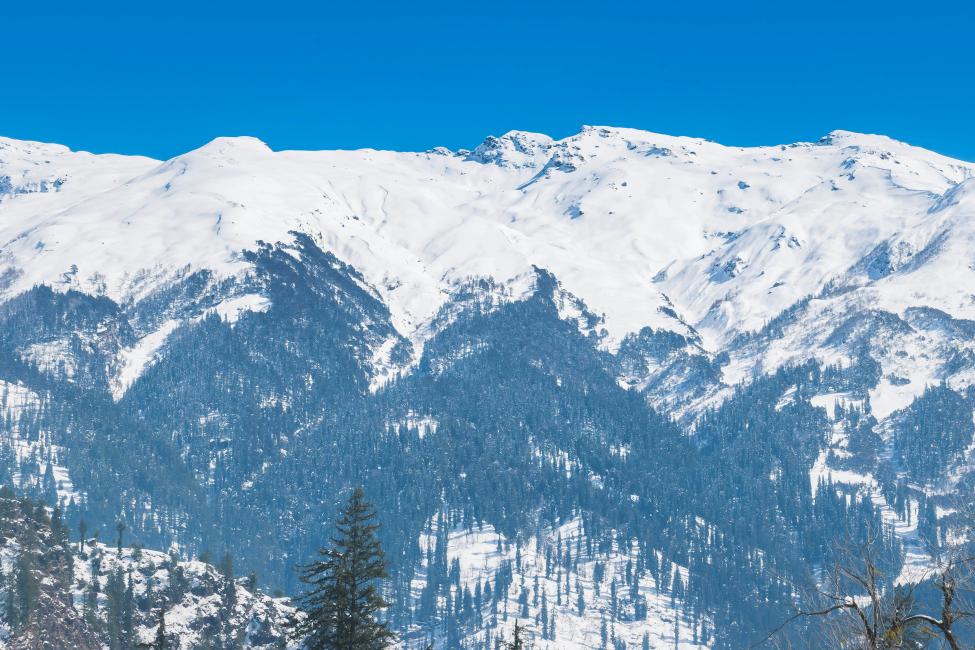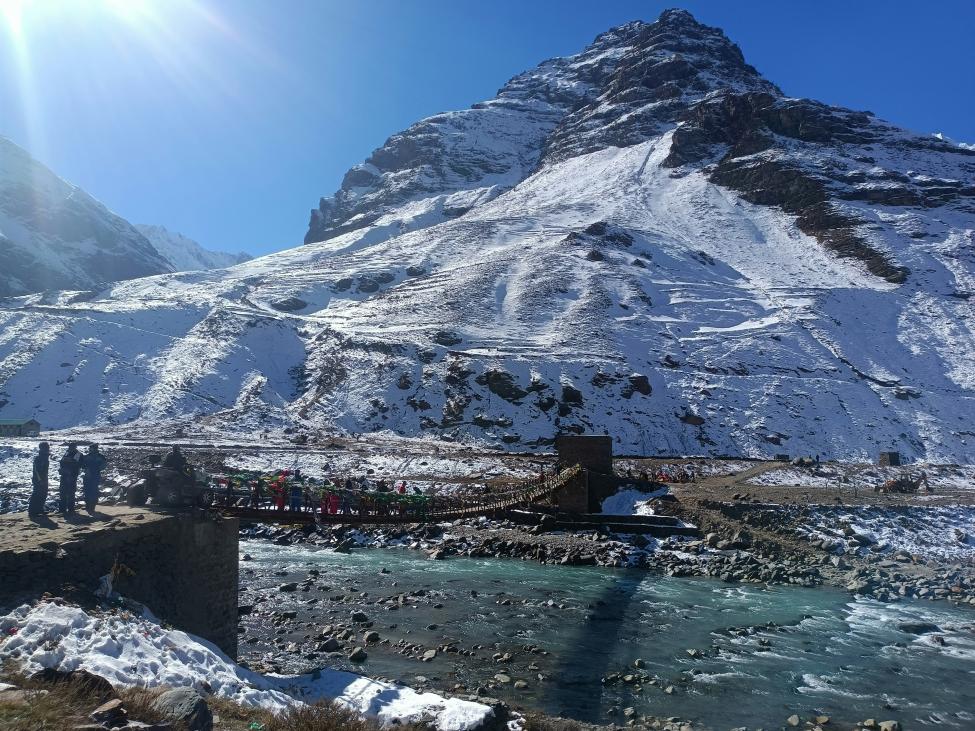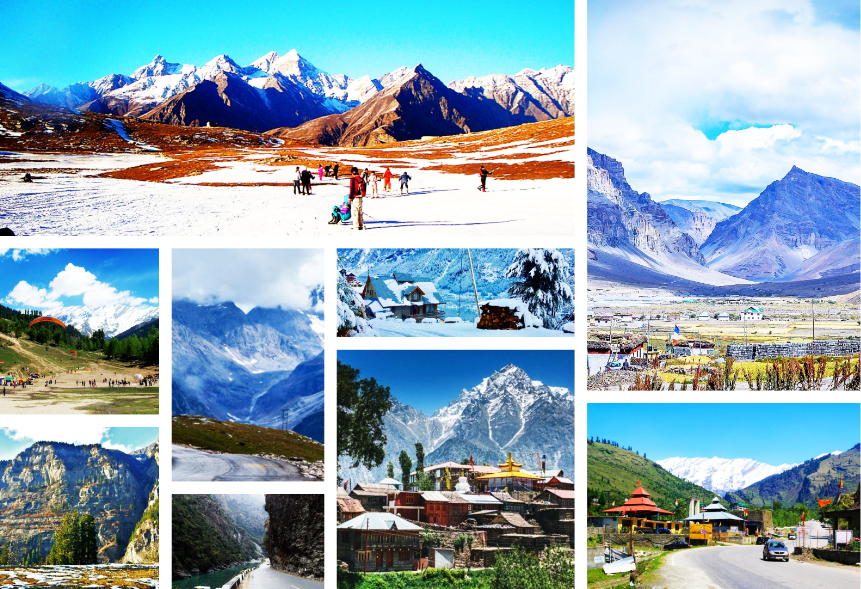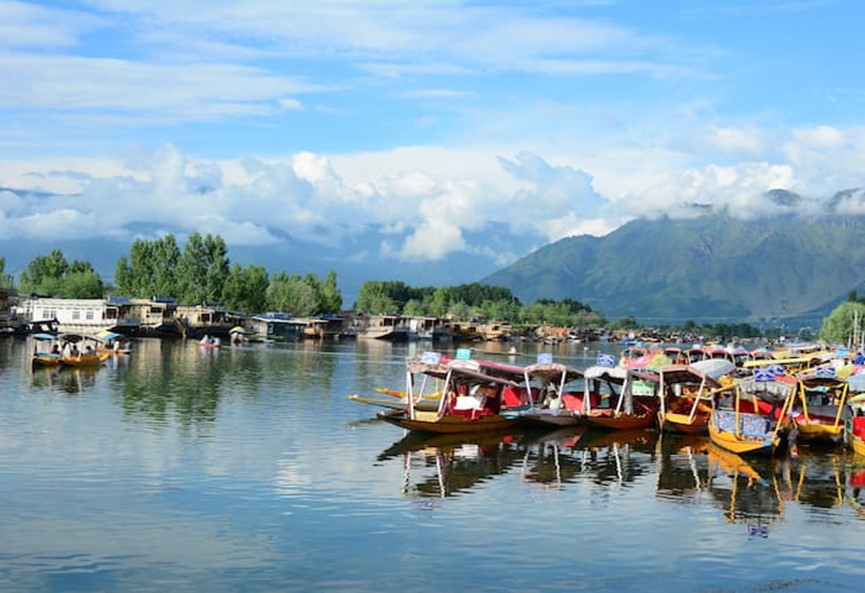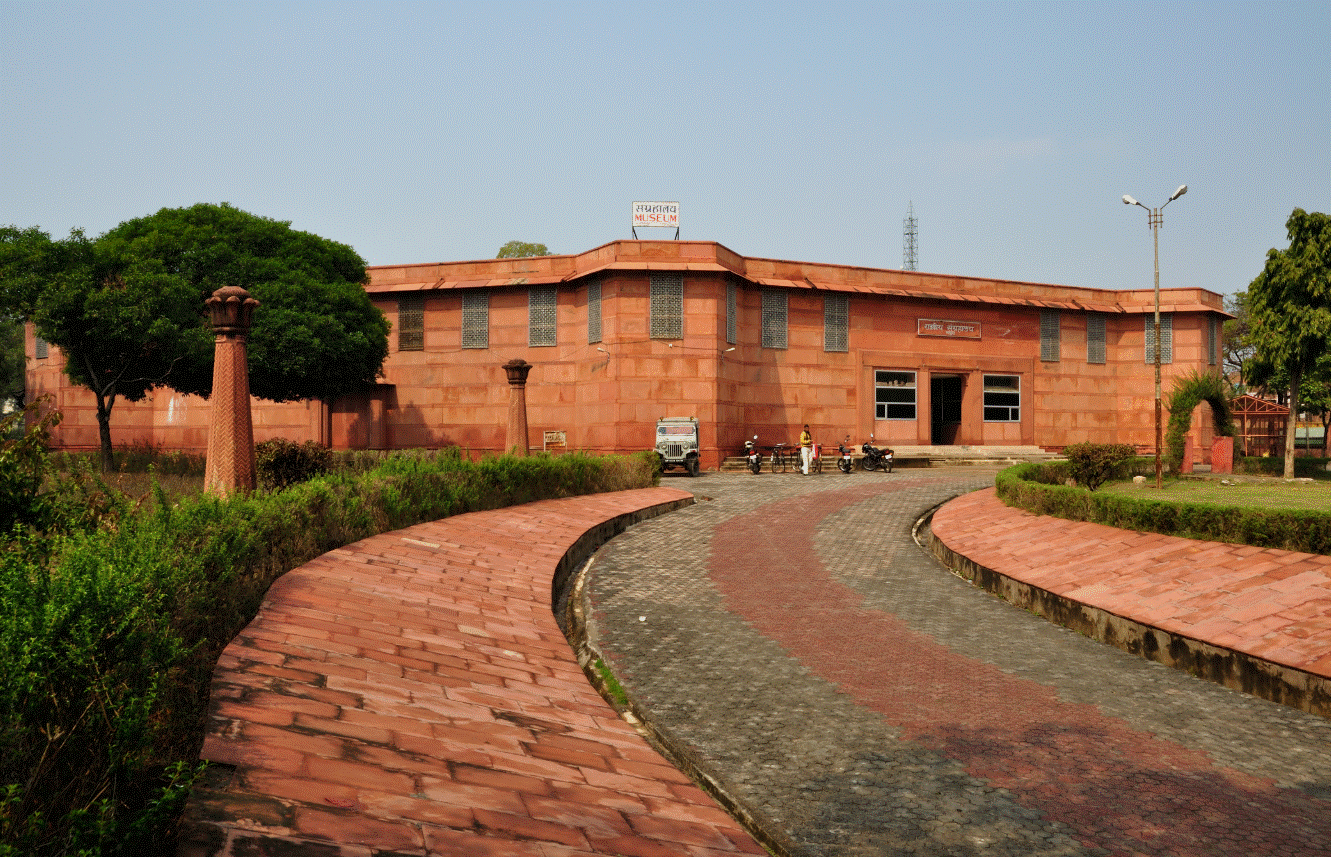 Mathura Museum, Mathura
Mathura Museum, Mathura
Mathura Museum (Government Museum) - History, Collections & Visiting Guide
Mathura Museum offers a unique cultural and historical journey into the city’s heritage. With its remarkable collection of ancient sculptures, religious artifacts, and classical art, it is an essential stop for travelers seeking to understand Mathura’s spiritual and artistic legacy. Combined with nearby temples and ghats, the museum adds depth and context to the Mathura pilgrimage experience.
Mathura Museum - Mathura,
Mathura Museum, also known as the Government Museum, Mathura, is one of the most important cultural and historical museums in India. Established in the early 20th century, the museum preserves and showcases the rich heritage of Mathura, which has been a prominent center of art, culture, and religion for centuries.
The museum houses a vast collection of sculptures, coins, inscriptions, and artifacts that date back to ancient and medieval periods. Mathura was historically famous as a hub of Buddhist, Jain, and Hindu art, and the museum reflects this legacy through its statues of Lord Krishna, Buddha, and other deities, as well as intricate carvings from ancient temples.
Visitors will find the Gupta period sculptures, known for their classical style and elegance, alongside artifacts from the Kushan era, including coins and inscriptions that shed light on Mathura’s historical importance. The museum also contains rare Buddhist relics, terracotta figurines, and painted pottery, providing insights into the social and religious life of the region over the centuries.
Mathura Museum is not just about religious artifacts; it also showcases regional arts, paintings, and sculptures that highlight the evolution of Indian craftsmanship. The museum’s layout is thoughtfully organized, allowing visitors to explore various periods and styles chronologically.
The museum is ideal for history enthusiasts, art lovers, students, and travelers seeking a deeper understanding of Mathura’s cultural significance. Guided tours and informative plaques provide context, making it easier to appreciate the craftsmanship and symbolism behind each artifact. Photography is generally allowed in some areas, making it an attractive destination for cultural travelers.
One of the most interesting aspects of the museum is its collection of sculptures depicting Krishna’s life, which complements visits to nearby religious sites like Dwarkadhish Temple, Shri Krishna Janmabhoomi, and Vishram Ghat. Visitors often combine a museum visit with a walking tour of Mathura’s historical streets, markets, and ghats, making the trip both educational and spiritually enriching.
The museum also hosts temporary exhibitions and cultural programs from time to time, allowing visitors to experience contemporary interpretations of traditional art forms. Whether visiting for academic research, cultural interest, or leisure, Mathura Museum offers a complete journey into the city’s vibrant history and heritage.
How to Reach Mathura Museum:
- By Air: The nearest airport is Agra Airport (55 km), while Delhi International Airport (160 km) is more frequently used. From either airport, taxis or buses connect easily to Mathura.
- By Train: Mathura Junction is the main railway station, about 3 km from the museum. Auto-rickshaws, taxis, or cycle-rickshaws are convenient to reach the museum.
- By Road: Mathura is connected via NH 19 and NH 21, with regular bus and taxi services. Private cars can be used for a comfortable journey from nearby cities.
Mathura Museum Visiting Timings:
- Morning: 10:00 AM - 12:30 PM.
- Afternoon: 2:00 PM - 5:00 PM.
- Indian Citizens: Rs 10 - Rs 20.
- Foreign Tourists: Rs 100 - Rs 150.
- Photography may require a small additional fee.
- Closed on: Fridays and national holidays.
Best Time to Visit Mathura Museum:
- Peak Season: October - February (pleasant weather for sightseeing).
- Moderate Season: March - September (hotter months, fewer crowds).
- Low Season: July - August (monsoon, possible waterlogging in some areas).
Mathura Museum's Nearby Attractions (within 5 km):
- Shri Krishna Janmabhoomi Temple - 3 km.
- Dwarkadhish Temple - 2 km.
- Vishram Ghat - 2.5 km.
- Kusum Sarovar - 12 km.

 Ultimate Himachal Travel Guide 2..
Ultimate Himachal Travel Guide 2.. Kinnaur – Land of Apples, Vall..
Kinnaur – Land of Apples, Vall.. Anamalai Tiger Reserve (Topslip)..
Anamalai Tiger Reserve (Topslip).. Joshimath | The Real feel of Spi..
Joshimath | The Real feel of Spi.. Bhopal: The City of Lakes - A Co..
Bhopal: The City of Lakes - A Co.. Kibber & Langza - The Heigh Alti..
Kibber & Langza - The Heigh Alti.. Ooty - Lakes, Tea Gardens & Hill..
Ooty - Lakes, Tea Gardens & Hill.. Tamil Nadu - The Land of Temples..
Tamil Nadu - The Land of Temples.. Kanak Bhawan Ayodhya - The Golde..
Kanak Bhawan Ayodhya - The Golde.. Laxmi Vilas Palace: A Glimpse In..
Laxmi Vilas Palace: A Glimpse In.. Chandratal Lake Travel Guide –..
Chandratal Lake Travel Guide –.. Udaipur - The City of Lakes and ..
Udaipur - The City of Lakes and .. Prabhas Patan Museum - A Treasur..
Prabhas Patan Museum - A Treasur.. Chaturbhuj Temple, Orchha - A Ma..
Chaturbhuj Temple, Orchha - A Ma.. Seva Kunj & Nidhivan Vrindavan -..
Seva Kunj & Nidhivan Vrindavan -..
